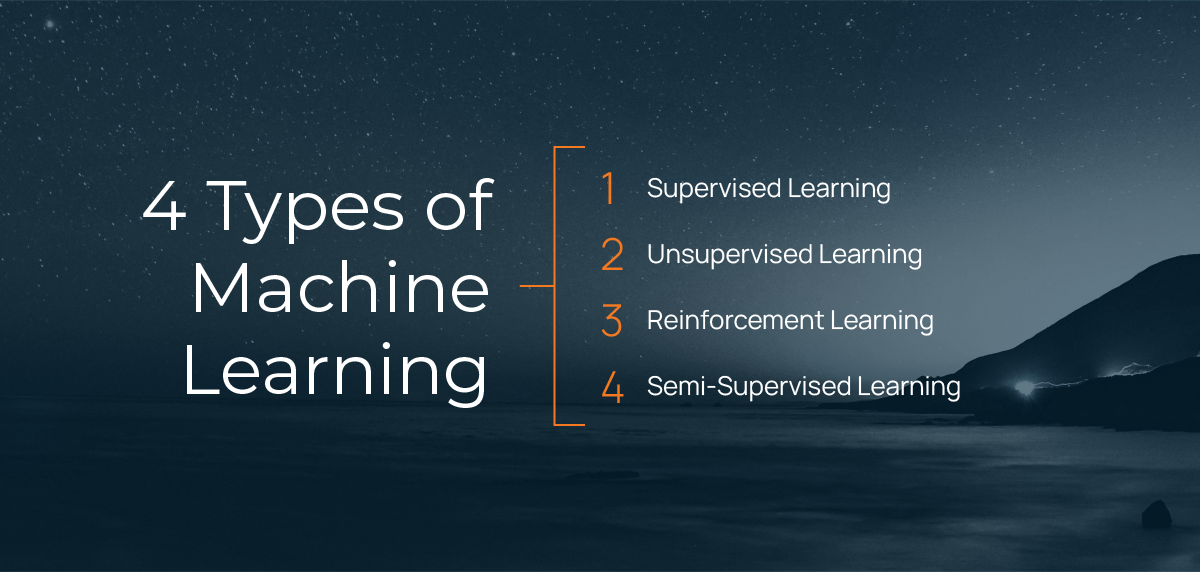
Mathematical Prediction Today: Algorithms Forecast Outcomes
Introduction
Mathematical prediction today is more than just a trend—it’s a powerful method for forecasting real-world outcomes using data, algorithms, and statistical logic. From sports betting to financial analysis, weather forecasting to global event prediction, mathematical models now play a central role in how people make informed decisions. Thanks to advances in computing, access to big data, and machine learning techniques, predictions have become increasingly accurate and accessible to the everyday user.
These systems are not about magic or guesswork—they rely on probability, patterns, and well-structured formulas to help users assess the likelihood of future events. Whether you’re looking to forecast the winner of a football match, plan your week based on weather predictions, or anticipate market trends, mathematical forecasting gives you a solid foundation. In this article, we explore how mathematical prediction works today, where it’s being used, its benefits and challenges, and how you can use it effectively in your daily life.
1. Where Mathematical Prediction Is Used Today
1.1 Sports Predictions (Especially Football)
One of the most popular uses of mathematical prediction is in sports, particularly football. Statistical models predict match outcomes by analyzing past performance, current form, team statistics, and other relevant factors. These models assign probabilities to outcomes such as win, draw, or loss and even forecast exact scorelines or the number of goals in a match.
Some of the most widely used approaches include:
-
Poisson distribution for goal predictions
-
Elo ratings to assess team strength
-
Expected goals (xG) to evaluate scoring chances
Fans and bettors use these predictions to identify value bets—where the forecasted probability is better than the odds offered by bookmakers.
1.2 Weather Forecasting
Weather prediction is one of the most advanced forms of mathematical modeling. Numerical Weather Prediction (NWP) uses massive datasets and complex physical equations to simulate atmospheric processes. These models can predict weather for several days ahead, with shorter-term forecasts (up to 3–5 days) being highly reliable.
Meteorologists use ensemble modeling, which runs multiple simulations to estimate a range of possible outcomes and their likelihood. This reduces uncertainty and improves confidence in the forecast, especially during volatile weather conditions.
1.3 Stock Market & Finance
Quantitative finance is deeply rooted in mathematical modeling. Financial analysts use time-series models, regression analysis, and machine learning to predict stock price movements, interest rate trends, and currency fluctuations. While no model can guarantee success in the market, well-constructed algorithms help manage risk and guide investment decisions.
Popular tools include:
-
Moving averages
-
Volatility models (e.g., GARCH)
-
Algorithmic trading bots
1.4 Politics and Global Events
Superforecasting is a field where trained individuals use structured methods and probabilistic reasoning to predict geopolitical and social developments. These predictions often combine mathematical probability, trend analysis, and collective intelligence from groups of forecasters. Topics might include election results, economic shifts, or public health developments.
1.5 Business and Consumer Behavior
Marketers and business analysts use mathematical prediction to forecast product demand, customer behavior, and sales performance. This includes:
-
Customer segmentation
-
Sales forecasting models
-
Predictive analytics for marketing campaigns
These models help businesses make data-driven decisions that improve efficiency and customer satisfaction.
2. How Mathematical Prediction Models Work
2.1 Core Mathematics Behind Predictions
Most prediction systems are built on a few fundamental mathematical concepts:
-
Probability Theory: Assigning likelihoods to various outcomes.
-
Statistics: Drawing conclusions from historical data.
-
Machine Learning: Identifying patterns in large datasets that may be invisible to humans.
-
Time Series Analysis: Modeling data points over time to identify trends and cycles.
-
Bayesian Inference: Updating predictions based on new information.
These principles form the foundation of models used in everything from football forecasts to economic outlooks.
2.2 Common Inputs for Predictions
The accuracy of any mathematical model depends on the quality and relevance of its inputs. Some typical inputs include:
-
Historical performance data
-
Real-time updates (e.g., injuries in sports, breaking news)
-
Expert insights and crowd-sourced data
-
Weather, location, and other contextual variables
For example, in sports, models may also consider:
-
Player statistics
-
Match venue and travel fatigue
-
Past head-to-head results
In finance:
-
Economic indicators
-
Market sentiment
-
Global news trends
2.3 Ensemble Models and Forecast Ranges
Instead of relying on a single outcome, many modern models use ensemble prediction—running multiple variations of the model to produce a range of possible outcomes. This gives a better sense of the uncertainty involved and helps avoid overconfidence.
For example, a weather forecast might report a 60% chance of rain based on a majority of ensemble models predicting rainfall. Similarly, sports predictions might suggest a 40% chance of a draw if that outcome consistently appears across simulations.
2.4 Post-Processing and Calibration
Raw predictions are often calibrated to improve accuracy. Techniques like Model Output Statistics (MOS) and Conformal Prediction help fine-tune forecasts by adjusting for known biases or historical errors in similar situations.
3. Accuracy and Limitations of Mathematical Prediction
3.1 Predictive Accuracy
Mathematical predictions are never 100% accurate, but they often perform better than human intuition, especially in data-rich environments.
-
Sports: Good models can reach 60–70% accuracy for outcomes like win/draw/loss.
-
Weather: Highly reliable for 1–3 days, decent for 7 days, weak beyond 10 days.
-
Finance: Accuracy varies widely and is subject to market volatility.
-
Superforecasting: Skilled individuals can consistently beat expert averages in long-term predictions.
3.2 Sources of Error
Several factors can reduce predictive accuracy:
-
Incomplete or outdated data
-
Unpredictable random events (e.g., injuries, sudden news)
-
Model overfitting (too closely matching past data)
-
Human error in interpreting or inputting data
3.3 Uncertainty and Risk
All good prediction systems include a measure of uncertainty. Reporting confidence intervals (e.g., 95% probability) or ranges of likely outcomes helps users make smarter decisions. Probabilistic models emphasize that a prediction is not a guarantee—it’s an informed estimate based on available data.
4. How to Use Predictions Effectively in Daily Life
4.1 For Sports Fans and Bettors
-
Use probabilities, not guesses: Bet when model odds show value compared to bookmaker odds.
-
Track performance: Monitor success over time to see how accurate a model truly is.
-
Avoid overconfidence: Even great models fail; never rely on them blindly.
-
Check injury and team news: Some factors are hard to quantify but can heavily influence outcomes.
4.2 For Weather Planning
-
Short-term = more reliable: Focus on 1–3 day forecasts for important events.
-
Use ensemble forecasts: The range of outcomes can help guide risk decisions.
-
Stay updated: Weather conditions can change quickly—use refreshed data.
4.3 For Investors and Traders
-
Diversify: No prediction model is foolproof; avoid putting all your eggs in one basket.
-
Quantify risk: Use predictions alongside risk management tools like stop-loss orders.
-
Validate models: Ensure any model used has been tested historically and adjusted for current conditions.
4.4 For Businesses and Analysts
-
Combine quantitative and qualitative data: Use both numbers and human insight.
-
Segment predictions: Tailor forecasts to specific regions, products, or customer groups.
-
Keep it dynamic: Models should be updated as new data arrives.
Mets vs Nationals: Player Stats and Key Moments 2025 Series
Conclusion
Mathematical prediction today is transforming the way we approach decision-making. Whether it’s determining the outcome of a football match, predicting tomorrow’s weather, or forecasting financial markets, data-driven models are giving individuals and organizations a powerful edge. However, predictions are not certainties—they are informed estimates, shaped by mathematics, data, and algorithms.
The real strength of prediction lies not in being perfectly accurate but in helping users understand probabilities, risks, and ranges of outcomes. By combining mathematical insights with human judgment, users can make more strategic, measured decisions in both personal and professional contexts.
As long as users approach them wisely—with awareness of their limitations and proper validation—mathematical prediction models offer tremendous value. In today’s world, where data flows constantly and decisions must be made quickly, being able to understand and apply predictive information is a powerful skill.
FAQs
1. What is mathematical prediction today?
It refers to using data and algorithms to estimate the likelihood of future events in areas like sports, finance, weather, and more.
2. Are sports predictions based on math reliable?
They can be reasonably accurate—especially when based on strong statistical models—but are never guaranteed due to real-world unpredictability.
3. How accurate are weather predictions?
Weather forecasts are very reliable for 1–3 days, moderately reliable up to 7 days, and become much less accurate beyond 10 days.
4. What is superforecasting?
Superforecasting involves using structured judgment, statistics, and group intelligence to predict complex global events more accurately than experts.
5. Can I use prediction models for betting or investing?
Yes, but with caution. Use them as one part of your decision-making process, and always be aware of their limitations and uncertainties.


